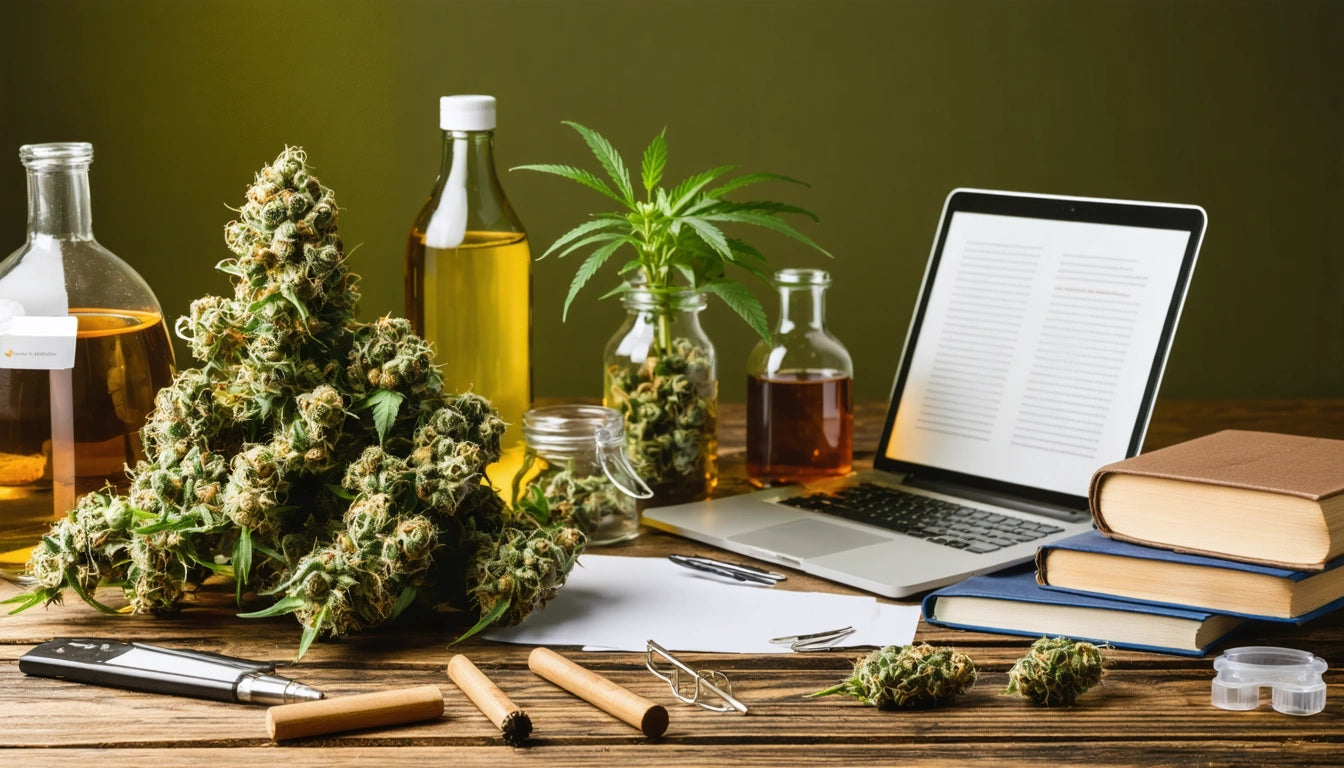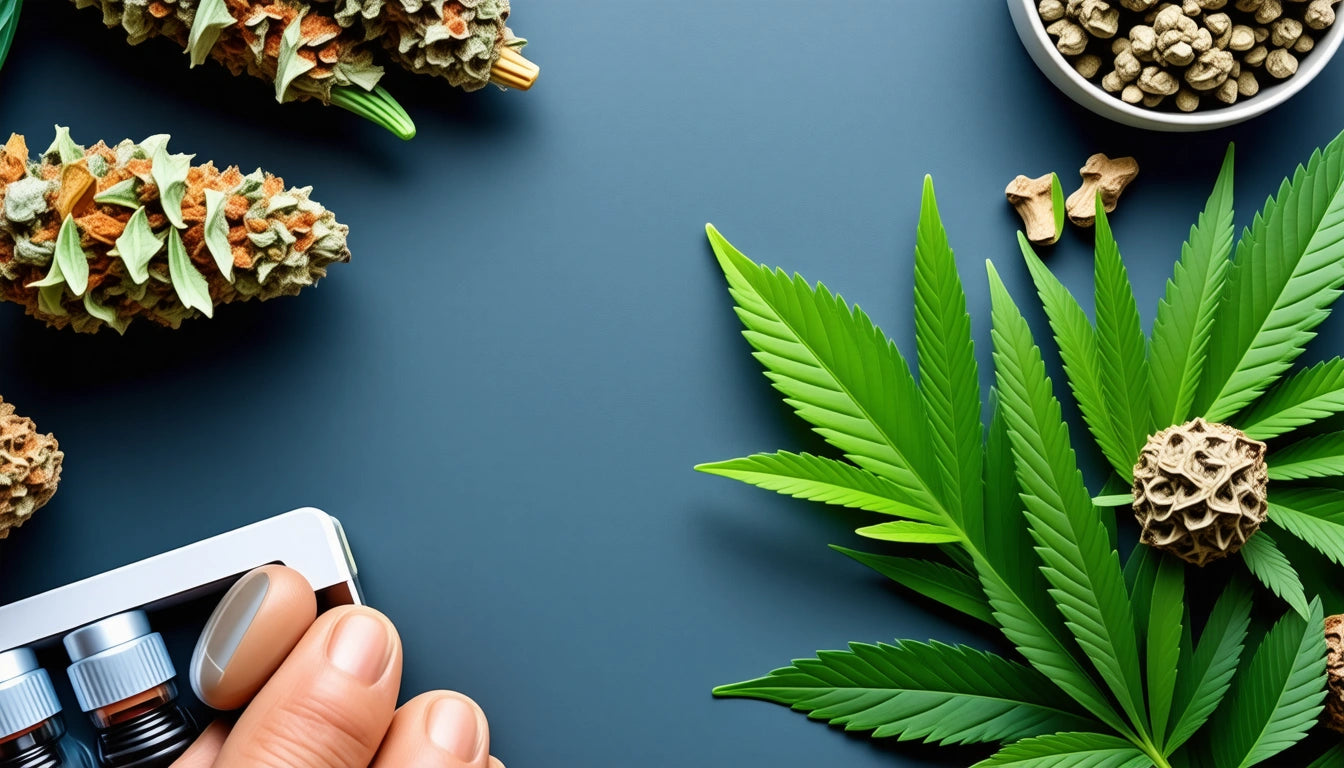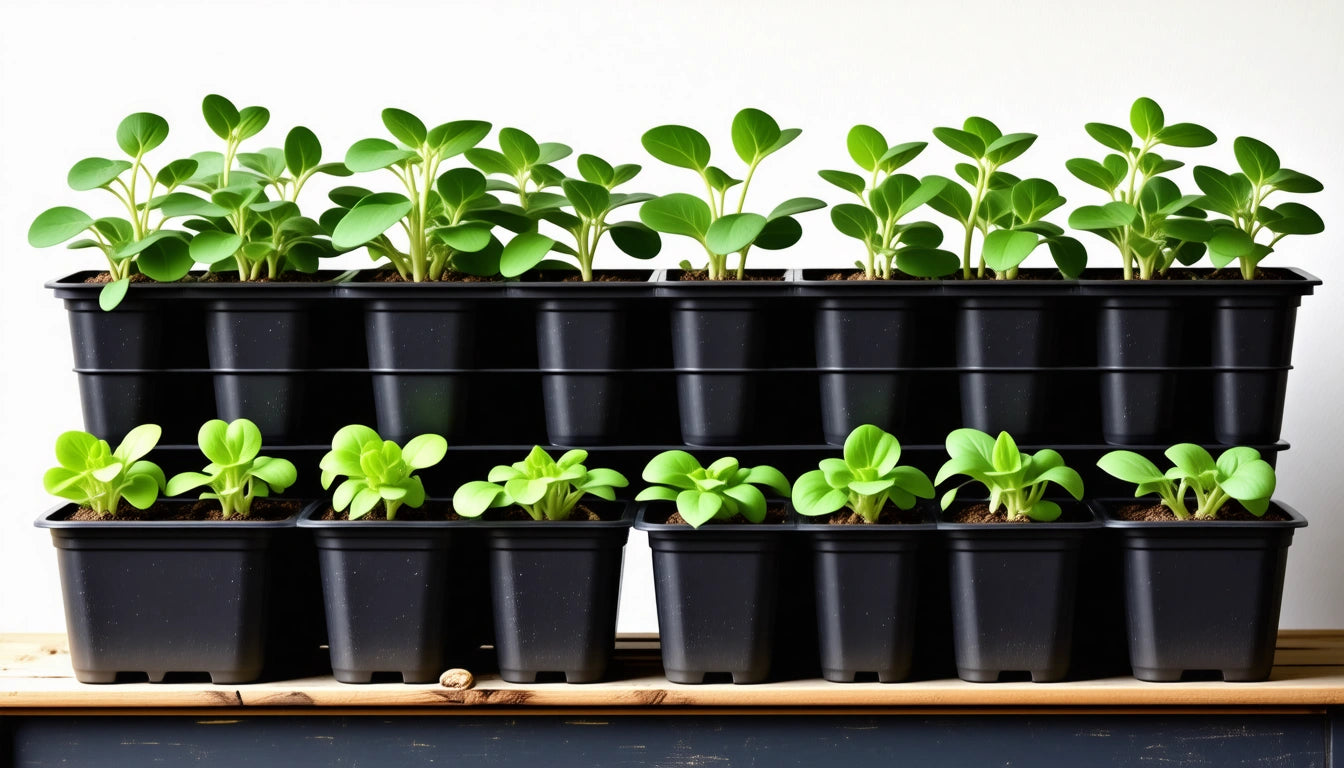Table of Contents
How to Identify and Understand Pesticides in Cannabis Products
Cannabis consumers are increasingly concerned about what goes into their products, with pesticide contamination being a top safety issue. Whether you're wondering if your flower has been treated with chemicals or questioning if your vape cart contains harmful additives, understanding how to identify pesticides in cannabis is essential for safe consumption.
Understanding Pesticides in Cannabis
Pesticides in cannabis cultivation are used to protect plants from insects, fungi, and other pests. While conventional agriculture has established safety guidelines for pesticide use, cannabis remains federally illegal, creating regulatory gaps in many markets.
Common pesticides found in cannabis include:
- Myclobutanil (Eagle 20)
- Avermectins
- Bifenazate
- Pyrethrins
- Spinosad
Many consumers wonder, "does weed have pesticides?" The answer varies depending on cultivation practices. Legal markets typically require testing, but unregulated products often contain concerning levels of these chemicals.
Visual Signs of Pesticide Contamination
Learning how to identify sprayed or fake weed starts with visual inspection. While not foolproof, these signs may indicate pesticide contamination:
Physical Appearance
- Unusual sheen or coating on buds
- Perfectly manicured buds with no visible stems or leaves
- Unnaturally bright coloration
- White powdery residue (not to be confused with trichomes)
Smell and Taste
- Chemical, metallic, or ammonia-like odor
- Unusually sweet smell that seems artificial
- Harsh, chemical taste when consumed
- Burning throat or nose when inhaled
If you're concerned about artificial terpenes, learning to identify terpene-sprayed cannabis is also important, as these products may contain carrier chemicals.
Identifying Pesticides in Vape Carts
Vape cartridges present unique challenges for pesticide detection. Many consumers search for ways to tell if a THC cart has pesticides, but visual inspection is even less reliable with these products.
Warning signs may include:
- Unusual discoloration of the oil
- Visible particles or separation in the liquid
- Inconsistent viscosity (too runny or too thick)
- Burning sensation in lungs beyond normal vape heat
Brands like Raw Garden are often questioned about pesticide content. While reputable licensed brands follow testing protocols, counterfeits are common. Always verify through batch numbers and QR codes linking to lab results.
Testing and Verification Methods
The most reliable way to verify cannabis purity is through laboratory testing. Consumers can:
- Purchase only from licensed dispensaries that require testing
- Check for Certificate of Analysis (COA) documents
- Verify batch numbers match packaging and COAs
- Use QR codes to access test results directly
Some states have implemented strict regulations around cannabis packaging to ensure product safety. For example, child-resistant caps for cannabis containers not only prevent accidental ingestion but often indicate products that have gone through proper regulatory channels and testing.
Health Risks of Cannabis Pesticides
Understanding the chemical composition of marijuana helps contextualize pesticide risks. When pesticides are heated during smoking or vaping, they can transform into more harmful compounds.
Potential health effects of pesticide exposure include:
- Respiratory irritation and coughing
- Nausea and vomiting
- Headaches and dizziness
- Long-term organ damage with repeated exposure
- Potential carcinogenic effects
Some consumers may mistake pesticide reactions for cannabis allergies. If you're experiencing unusual symptoms, learning to identify if you're allergic to weed can help differentiate between allergic reactions and pesticide exposure.
Safer Consumption Practices and Industry Improvements
To minimize pesticide exposure, consider these practices:
- Purchase from licensed dispensaries with testing requirements
- Request to see COAs for products you're considering
- Consider organic or "clean green" certified products where available
- Be wary of unusually cheap products, which may indicate corners cut on testing
- Research brands' cultivation practices and transparency
The cannabis industry is evolving toward safer growing practices. Integrated Pest Management (IPM) techniques are gaining popularity as alternatives to chemical pesticides. These methods use natural predators, companion planting, and environmental controls to manage pests while minimizing chemical interventions.
Understanding that cannabis plants naturally attract certain insects helps explain why some growers turn to pesticides, but also points to the potential for developing more sustainable cultivation methods in the future.
As regulations mature and consumer awareness increases, we can expect continued improvements in testing standards and product safety across the cannabis industry.











Leave a comment
All comments are moderated before being published.
This site is protected by hCaptcha and the hCaptcha Privacy Policy and Terms of Service apply.